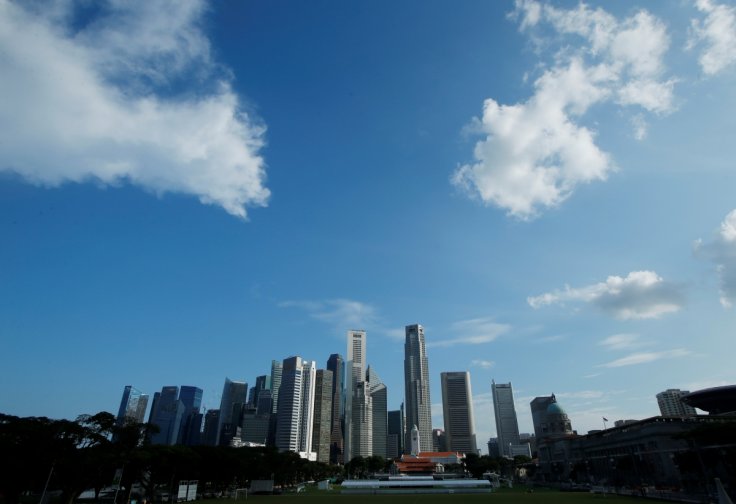
The Meteorological Service Singapore (MSS) warned on Wednesday that Singaporeans should get ready for a rainy start to 2025, with rain predicted over the next two weeks.
In its fortnightly advice, it mentioned that most afternoons will see moderate to heavy thundery rains that might last into the night.
The dominant north-east monsoon conditions, in which winds blow from the northeast and toward the southwest, could be the cause of this. More rain is anticipated in Singapore during the rainy season, which runs from December to January.
Due to a monsoon surge—a rapid rise in wind speeds that causes chilly air to surge southward in the South China Sea—wetter conditions are predicted during the final few days of January's first two weeks.
The MSS reports that a La Nina watch is in effect for Singapore. This indicates that for the next few months, La Nina conditions—the El Nino-Southern Oscillation phase that brings greater rain to the island—may materialize.
Grace Fu, the Minister of Sustainability and the Environment, warned residents to be ready for more rainy weather in a Facebook post on January 2.
"The heavy rainfall and flash floods that affected Singapore in 2024 remind us that our climate is becoming more unpredictable, with extreme weather events likely to grow more frequent and intense," she said.
The first two weeks of January are expected to experience daily temperatures between 24°C and 33°C, with a low of 22°C possibly in the middle of the month.
According to the MSS, there were a lot of warm, rainy days during the final two weeks of 2024, with thundery storms on most afternoons. Approximately half of the island experienced above-normal rainfall in the latter two weeks of 2024, with temperatures ranging from 32°C to 34°C.
On the afternoon of December 29, 134.6 mm of rain fell in central Singapore in just over two hours. It was within the top 1 percent of maximum daily rainfall records since 1978 and accounted for almost 41 percent of the nation's average monthly rainfall in December.
According to Fu's Facebook post, the rain caused flash floods in a number of locations, including Dunearn Road, Bukit Timah Road, and Balmoral Road. The majority of the impacted roadways were cleaned within an hour, and these disappeared in 20 minutes.
In response to the flash floods, she said, the national water agency PUB moved swiftly to close down impacted regions and divert traffic.
She urged people to stay updated with weather forecasts and flood alerts and said, "While we cannot predict the exact timing or intensity of extreme weather events, heavy rainfall can sometimes overwhelm our drainage systems, resulting in localised flash floods."
Visit www.weather.gov.sg or download the MyENV app to view the daily weather prediction.









